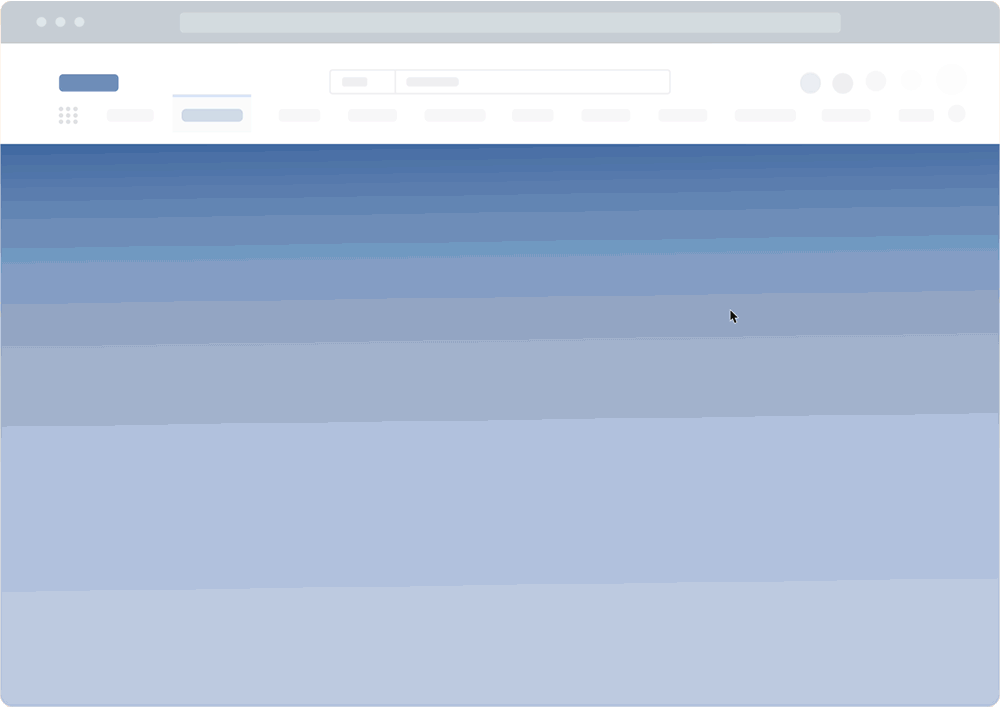
Andrew Dennis


We all want to offer products or services that users love — but that’s always easier said than done. Delivering value to users can sometimes feel like a guessing game.
End-user feedback is one way to ensure the products or services you provide meet customer needs and expectations. End-user feedback provides qualitative insights from different types of application end-users, helping you to better understand core personas and create better user experiences.
In this article, we’ll break down end-user feedback, sharing the benefits of collecting feedback, how to collect it, core end-user metrics to track, and best practices for collecting quality feedback.
End-user feedback is insights collected through surveys from end users of products or services This can include customer-facing end-users or internal application end-users (ie. employees that use your CRM, ERP, etc.)
It can include everything from formally submitted comments on a particular service or experience to opinions or ideas shared on social media or community forums. End-user feedback provides a glimpse into how well a product or service is meeting customer expectations. It points out areas of opportunity and improvement and helps companies determine needs that must be addressed.
There are three main types of user feedback:
End-user opinions and insights can be incredibly valuable for companies. Here are some of the most significant benefits of collecting and using end-user feedback:
Qualitative data gathered from end-user feedback lets you see how a product performs in the real world. Taking users’ opinions, concerns, and ideas into account can eliminate developer guesswork so they can build better products that more effectively address user needs.
Understanding user pain points and preferences can create opportunities for personalization and customization. Developers can create unique offerings, and marketing or customer support teams can use feedback to segment user groups and provide better resources, promotions, and help materials.
Users are less likely to churn when they feel like the product they’re using adequately addresses their needs. Implementing insights gathered from user feedback can ensure your offerings are meeting expectations and help to overcome and reduce customer churn by proactively building better products with a user-led roadmap.
Actively seeking and implementing user feedback shows a commitment to improving customer satisfaction and helping users feel heard and understood. Users are more likely to be loyal to a brand that values their opinions and wants to build products that meet their needs.
User ideas and insights can serve as a valuable source for identifying new product or feature opportunities. Knowing what existing customers are looking for can reduce risks associated with introducing new products and lead to better decision-making, as well as enable a customer-first new feature roadmap.
Develop a comprehensive understanding of end-user needs and ideas by collecting feedback through multiple channels. Here are some ways to collect feedback from your customers.
Here are our top tips for collecting and implementing end-user feedback.
Segmenting users into specific groups ensures surveys, polls, and questionnaires are tailored to their specific needs, products, or experiences. Groups should be determined by important criteria, such as behavior, usage patterns, product purchases, or demographics.
Feedback loops create ongoing opportunities for users to provide feedback so improvements can be made continuously. User feedback loops should be implemented into your regular product development cycles.

Gathering feedback promptly, such as after user onboarding or after launching a new feature, maintains the quality of the data you’re collecting and prevents users from forgetting important information or experience details. Post-purchase or in-app surveys or requests can encourage users to respond quickly.
In the example below, end-users are presented with a product tour and an interactive application walkthrough, (built using Whatfix.) After completing the new user walkthrough, end-users are prompted to share their feedback via quick in-app survey.

Incentives encourage users to take the time to share their thoughts and opinions. Offering an incentive for replying to surveys or participating in a focus group can increase the range of feedback you’re collecting and even encourage participants to provide more detailed information.
Quantitative and qualitative feedback are both crucial for understanding user needs and behavior. Both should be used equally to gather a more comprehensive picture of user satisfaction.
Promptly routing feedback to relevant teams and departments can improve response effectiveness and resolve customer issues faster. Automating your feedback distribution process can make sure insights land in the right hands.
Just collecting user feedback and not taking action on it can make users feel undervalued and ignored. Implementing clear steps to take action on feedback can improve customer issues faster and boost user satisfaction and loyalty.
Make the most of your end-user feedback with Whatfix. Whatfix’s digital adoption platform delivers in-app guidance, user support, and surveys to make it as easy as possible to collect, analyze, and deliver user feedback and insights.
With Whatfix:

Thank you for subscribing!